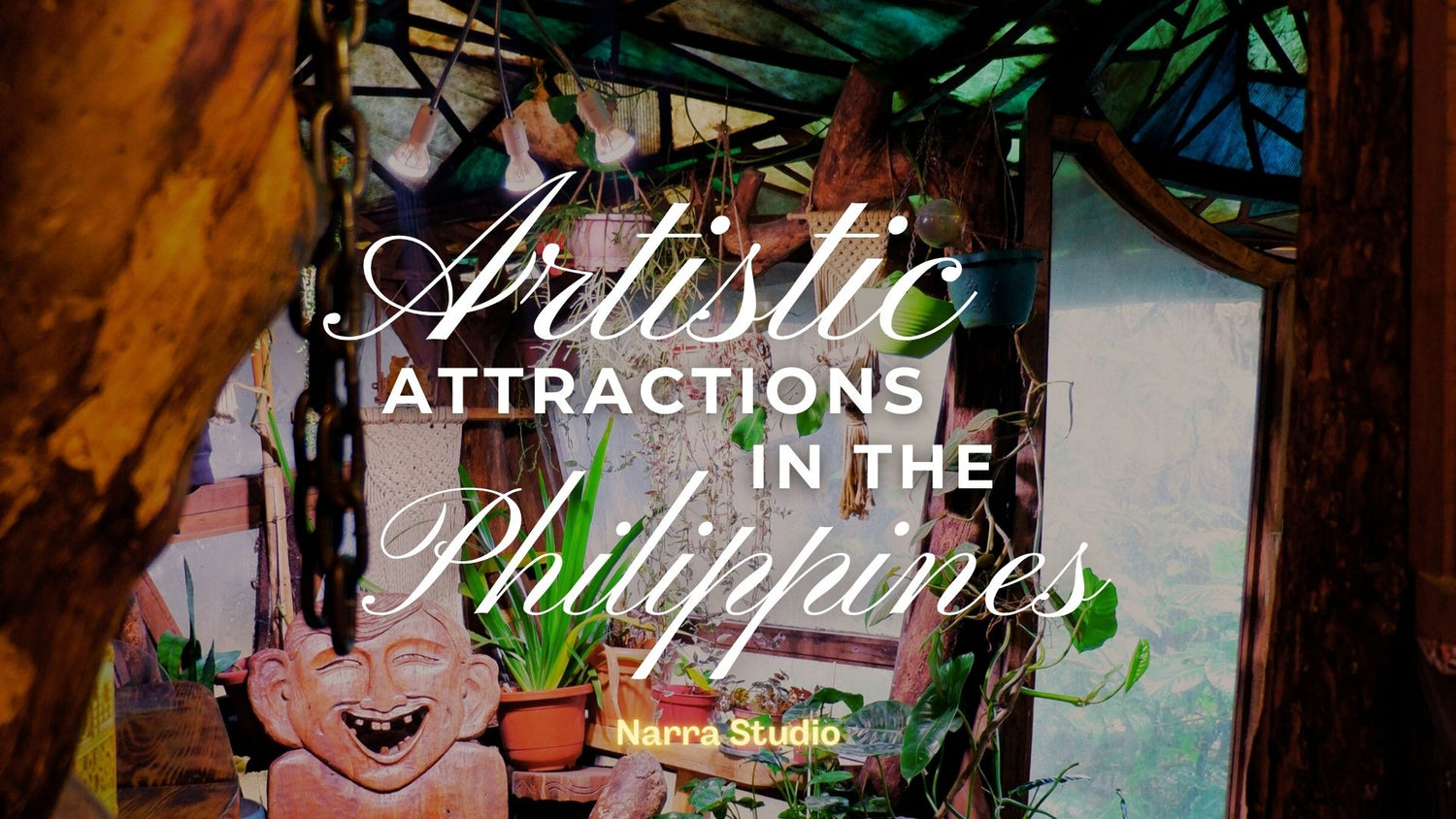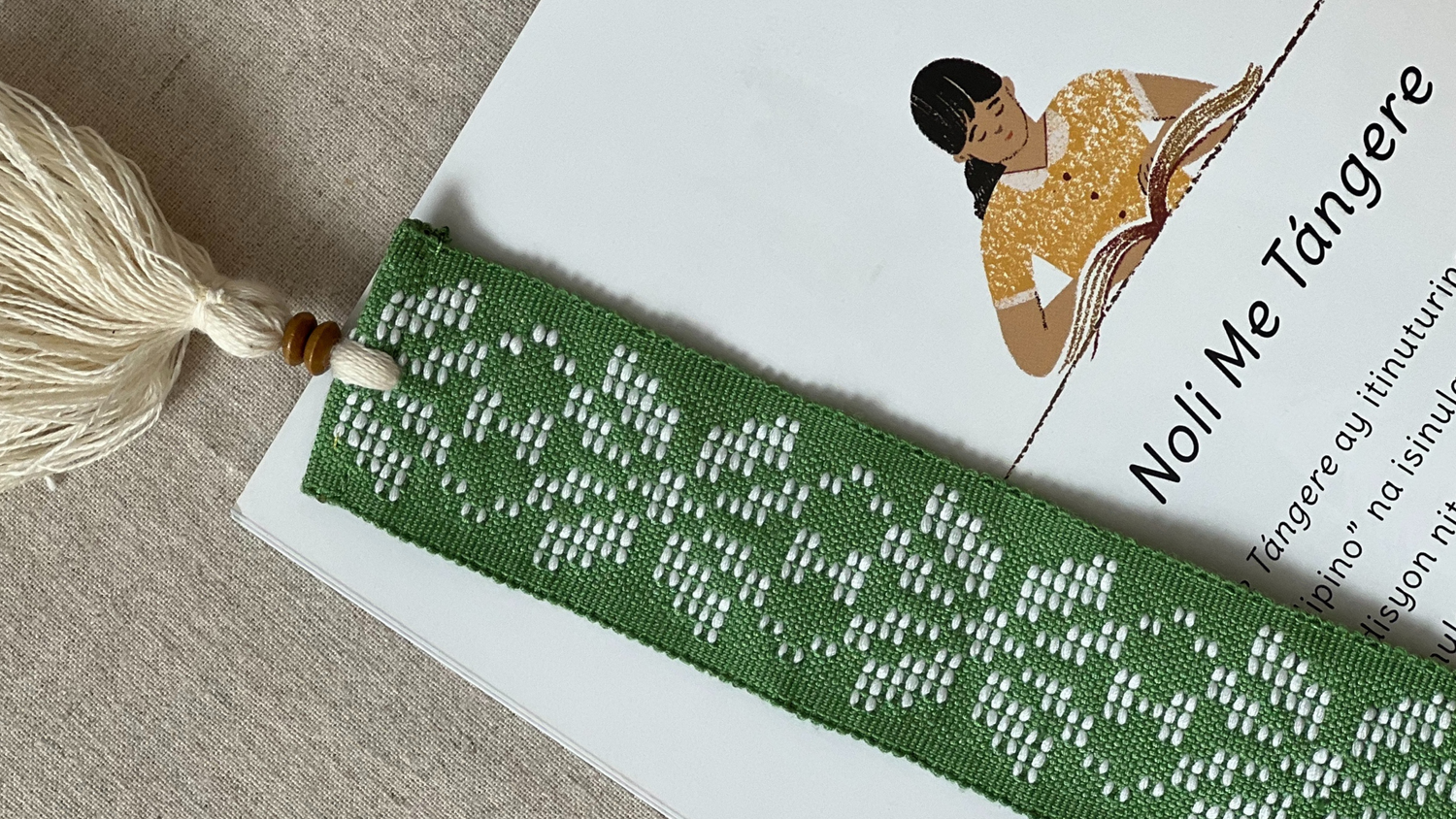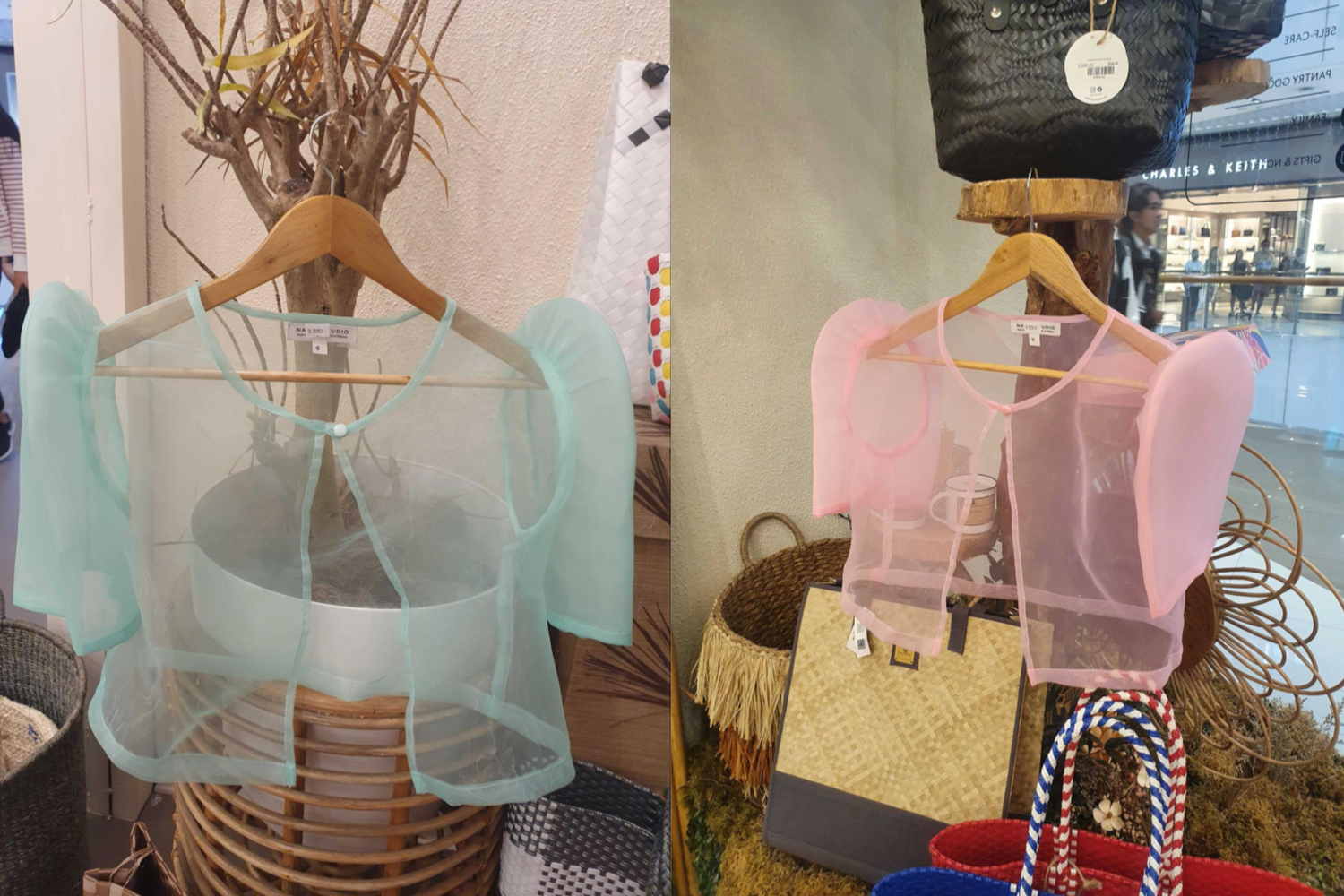The major weaving center in Kalinga is the village of Mabilong in the town of Lubuagan. The weavers of Mabilong are known for their backstrap weaving techniques, which they pass on to their daughters as soon as they are able to operate the loom. But weaving isn’t reserved only for women—male family members take part in the activity as well.
As soon as the women are finished weaving a piece of fabric, the men step in and stitch the designs. The design motifs and symbols are inspired from elements in the environment, such as birds and other animals, mountains, and stars.
Kalinga weaves are characterized by the traditional color combinations of red and black stripes and the use of beads. Many traditional Kalinga weaving designs and patterns remain unchanged through generations, with weavers taking care not to make alterations since the colors and details have specific meanings. Red, for instance, symbolizes bravery while black represents the earth or the ground. Mountain symbols are embroidered in yellow, a color that also symbolizes wealth and fertility.

Kalinga handwoven fabrics showing geometric patterns
Kalinga traditional garments include the ka-in wraparound skirt for women and the be-e g-string for men. There are different design variants of each, such as the pilakpak, ilaglis, silugwid, and gilamat for the skirt and kilayao, sillayuti, and pilagpagen for the g-strings. These garments are worn during rituals, festivals, weddings, and other special occasions.
The weavers of Kalinga have also started incorporating new designs and color combinations in their fabrics while staying true to their Kalinga identity. From these fabrics, they make handwoven clothing that anyone can wear every day, such as blouses and jackets. They also make home decor and accessories such as table runners, placemats, bags, and purses, among others. These innovations in design enable the Kalinga to share their cultural heritage with more people while also allowing them to preserve their sacred weaving tradition for many generations to come.





